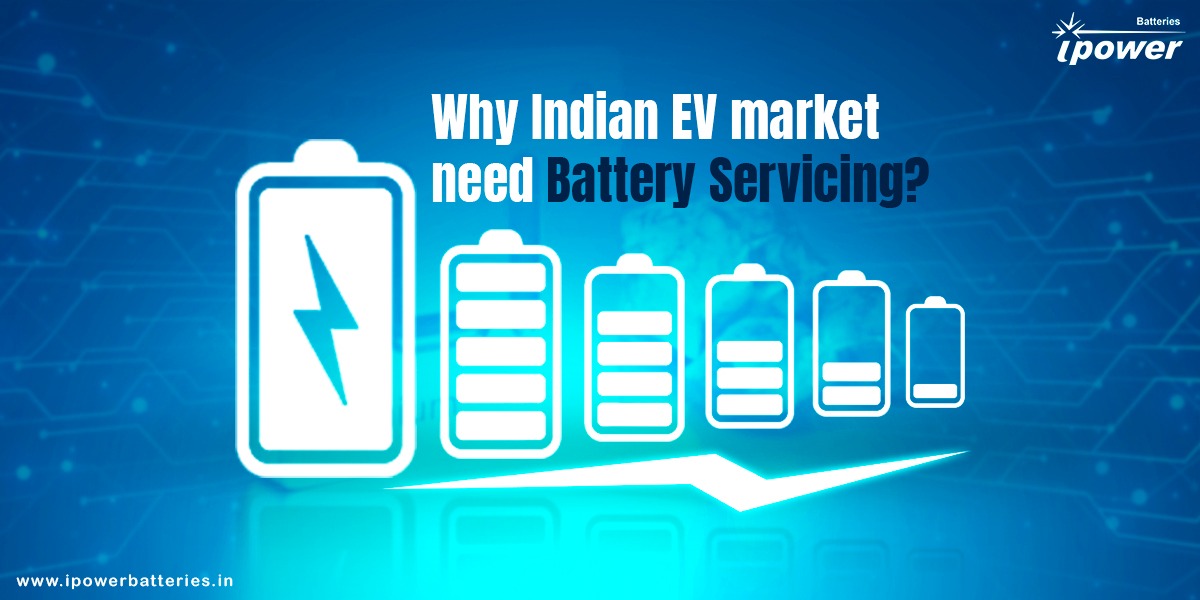How is the AIS 156 Phase 2 amendment making your batteries safe?
Electric vehicles (EVs) are becoming more popular in India as they offer environmental and economic benefits. However, one of the main challenges for EV adoption is the safety of the batteries that power them. Batteries are complex devices that store and release energy, and they can pose risks of fire, explosion, leakage, or overheating if not properly designed, manufactured, and maintained.
To address this issue, the Ministry of Road Transport and Highways (MoRTH) has issued an amendment to the Automotive Industry Standards (AIS) 156 and AIS 038 (Rev 2), which specify the safety requirements for EV batteries and power measurement for L-category vehicles, such as two-wheelers, three-wheelers, and quadricycles.
In this article, we will be exploring how AIS 156 Phase 2 is making batteries safer than ever.
Various things in AIS 156 Phase 2 will ensure the safety of the batteries like pressure vents, active cooling systems, ev thermal management systems.
- Pressure vents
Pressure vents are one of the passive safety components in lithium batteries that are designed to release the internal pressure of the battery when it reaches a certain threshold. Pressure vents can prevent or mitigate the risk of fire, explosion, leakage, or overheating caused by various factors such as puncturing, overcharging, manufacturing defect, or thermal runaway.
Pressure vents can be found in different types of lithium batteries, such as cylindrical, prismatic, or pouch cells. The shape, size, location, and opening pressure of the vents may vary depending on the battery design and specifications. Some common types of pressure vents are:
- Pressure-sensitive vent holes: These are small holes in the metal casing of the battery that opens when the internal pressure exceeds a certain limit.
- Bursting disc: This is a thin metal disc that is welded to the battery casing and ruptures when the internal pressure reaches a critical value.
- Integrated safety vent: This is a vent that is incorporated into the battery terminal and consists of a spring-loaded valve that opens when the internal pressure exceeds a preset value.
Pressure vents are important for ensuring the safety and performance of lithium batteries. However, they also have some drawbacks, such as reducing energy density, increasing the weight and cost, and allowing gas and electrolyte to escape from the battery. Therefore, it is essential to optimize the design and testing of pressure vents to balance the trade-offs between safety and efficiency.
- Active cooling system
An active cooling system is a type of thermal management system that uses external devices such as fans, pumps, or heat exchangers to remove heat from lithium batteries. Active cooling systems can improve the performance, safety, and lifetime of lithium batteries by maintaining the optimal temperature range and reducing the temperature gradient within and among the cells.
Active cooling systems can be classified into two categories: air cooling and liquid cooling. Air cooling uses forced air to transfer heat from the battery surface to the ambient air. Air cooling is simple, lightweight, and inexpensive, but it has low heat transfer efficiency and may not be sufficient for high-power applications. Liquid cooling uses a circulating fluid such as water, glycol, or oil to transfer heat from the battery surface to a heat exchanger. Liquid cooling has higher heat transfer efficiency and can provide more uniform temperature distribution, but it is more complex, heavy, and costly than air cooling.
Active cooling systems require careful design and optimization to balance the trade-offs between thermal performance and system requirements. Some of the factors that affect the design of active cooling systems are:
- Battery geometry and configuration: The shape, size, and arrangement of the battery cells influence the heat generation and dissipation patterns and the available space for cooling devices.
- Cooling fluid properties: The type, flow rate, temperature, and pressure of the cooling fluid affect the heat transfer coefficient and pressure drop across the battery pack.
- Cooling device parameters: The dimensions, layout, and materials of the cooling devices such as fins, channels, pipes, or plates affect the thermal resistance and weight of the system.
- Cooling control strategy: The timing, frequency, and intensity of the cooling operation depend on the battery’s state of charge, state of health, power demand, ambient conditions, and thermal sensors.
Active cooling systems are often used for lithium batteries in electric vehicles (EVs) and hybrid electric vehicles (HEVs) that have high power and energy density requirements. However, active cooling systems can also be applied to other applications such as stationary energy storage systems (ESSs), portable electronics, or aerospace devices that need effective thermal management of lithium batteries.
- Need for thermal ev management system
- Instead of 2, now 4 temperature sensors are required
- Thermal pads can be used
- Potting material can be used
- Phase-changing material in ev thermal management can be used
Apart from that, a fuse in the paralleling circuit must be used. String level fuse to be implemented in the lithium batteries.
Click Here to explore our product range
Join the EV Revolution with Ipower Batteries





